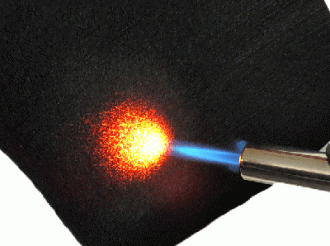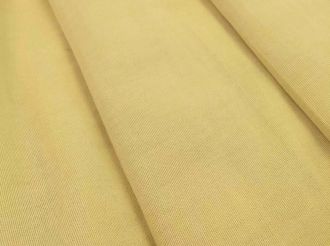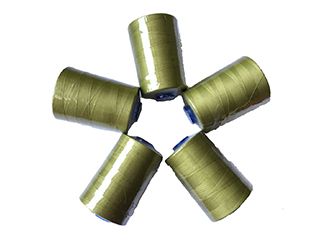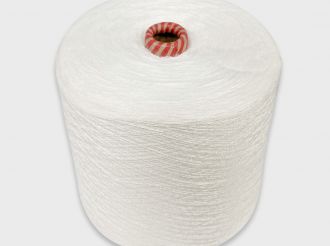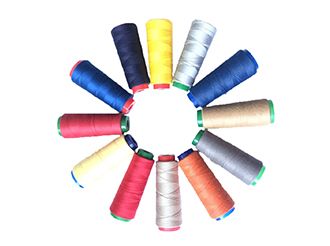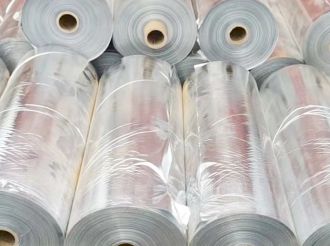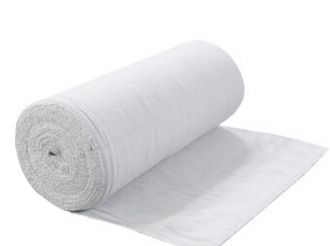Aerogel thermal insulation coatings for building exterior walls
- 2022-11-04
Under the background of carbon neutralization, the construction industry needs to further improve the level of energy saving and carbon reduction technology. In areas where cooling is the main demand (such as hot in summer and warm in winter), thermal insulation of building exterior walls is a key issue in building energy-saving design; the use of reflective heat-insulating paint on building exterior walls is an effective passive energy-saving measure. Reflective thermal insulation coatings for buildings are mainly divided into two categories: one is thermal barrier coating, which has a low thermal conductivity, and the exterior wall coating has a certain thickness when used, which reduces the thermal conductivity of external walls by blocking thermal conduction; the other is heat reflective coating, It has a high solar reflectance and reduces the heat gain of the exterior wall by reflecting the solar radiation. At present, these two kinds of reflective thermal insulation coatings are mostly used separately, the thermal insulation method is single, and the thermal insulation performance still needs to be further improved. Insulation of external walls to reduce building energy consumption?
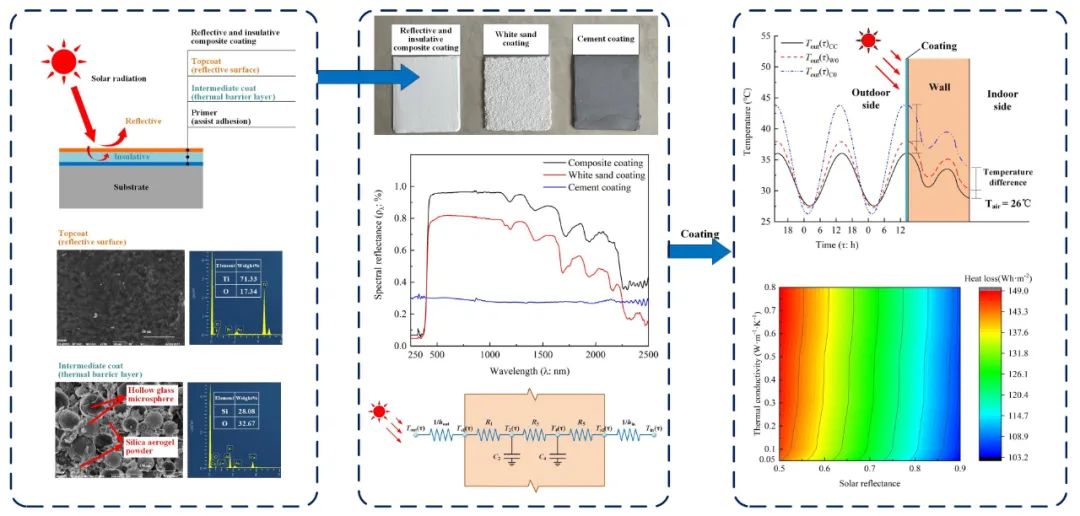
Aiming at the thermal insulation requirements of building exterior walls in hot summer and warm winter areas, an aerogel thermal insulation composite coating technology has been reported in China. The SiO2 aerogel thermal insulation coating is used as the thermal barrier layer, and the TiO2 is used as the thermal reflection layer to form a composite coating technology. A new type of aerogel thermal insulation composite coating is studied and compared with two commonly used exterior wall materials (reflective coating, only heat reflection layer, no heat barrier layer), cement surface layer (no heat barrier layer, no heat reflection layer) Then, the performance indicators (spectral reflectance, solar reflectance, thermal conductivity, thermal insulation temperature difference) of the aerogel thermal insulation composite coating and two commonly used exterior wall materials were tested by experimental means; Finally, according to the typical building exterior wall structure in hot summer and warm winter area, a simplified thermal resistance-heat capacity heat network model of exterior wall insulation is established to calculate the dynamic change of the inner and outer surface temperature of the exterior wall, and the transfer from the exterior side to the interior side through the exterior wall. The dynamic thermal insulation performance of aerogel thermal insulation composite coating and two commonly used exterior wall materials was evaluated.
The research results show that the aerogel thermal insulation composite coating has high solar reflectance (0.89) and low thermal conductivity (0.059 W·m−1·K−1), which can be used for external wall insulation The outer surface temperature is reduced by about 7°C. compared with the reflective coating and the cement surface layer, the use of the aerogel thermal insulation composite coating can reduce the heat loss on the inner surface of the outer wall by 14% and 38%, respectively. Therefore, the aerogel thermal insulation composite coating shows good thermal insulation performance of building exterior walls, and has great energy saving and carbon reduction potential for climatic regions such as hot summer and warm winter where cooling demand is the main demand, while for heating demand-based climate zones The applicability of climatic zones requires further study.
